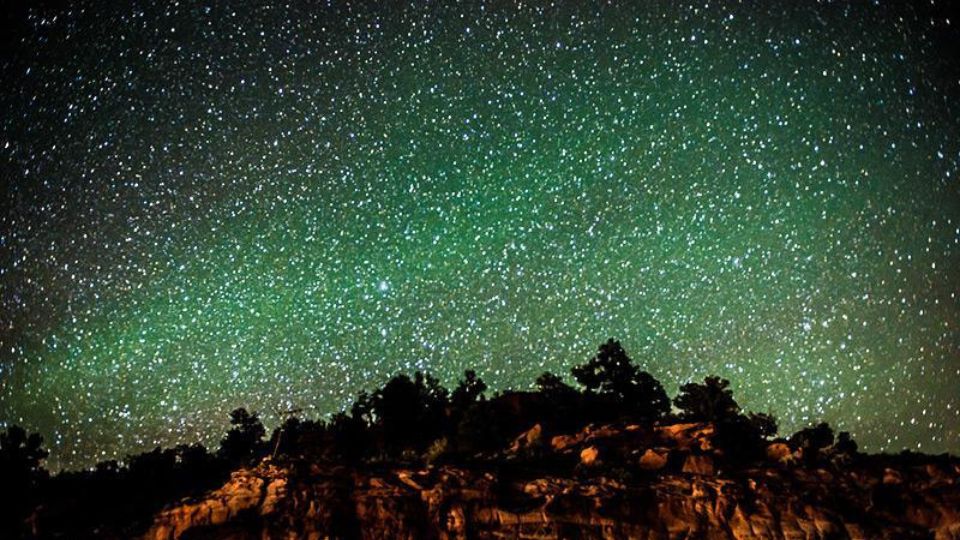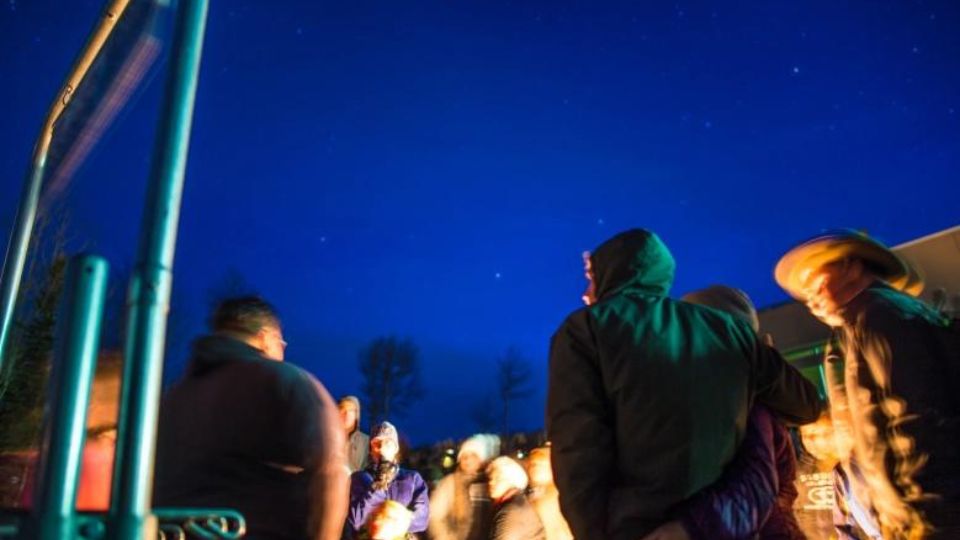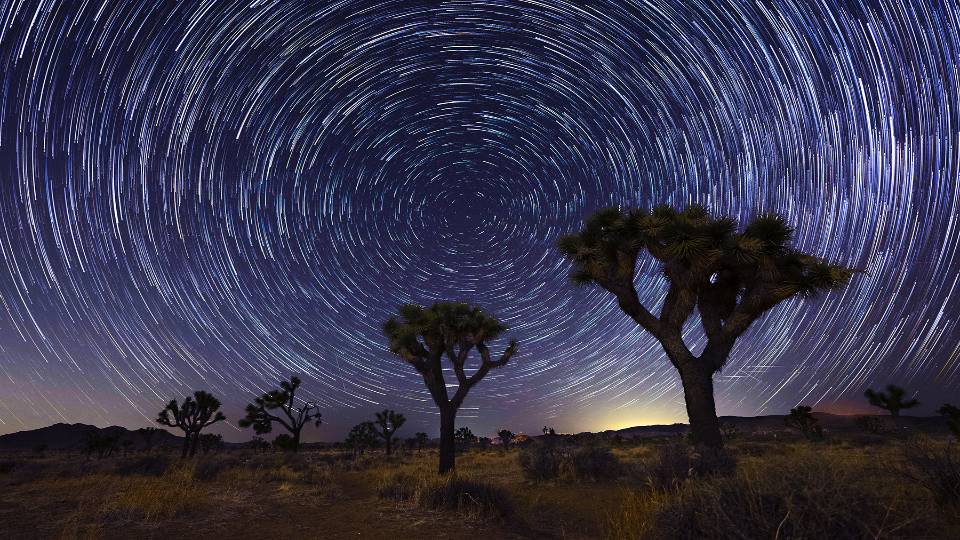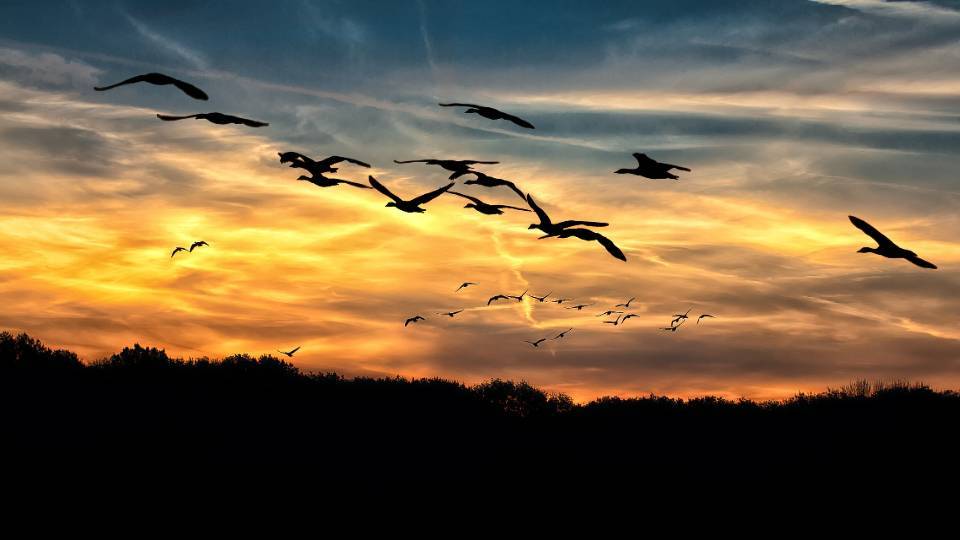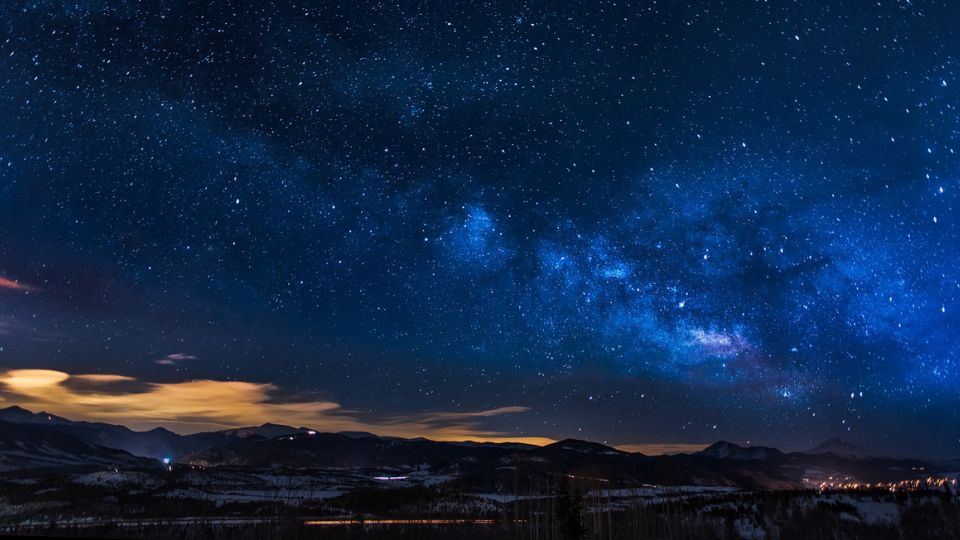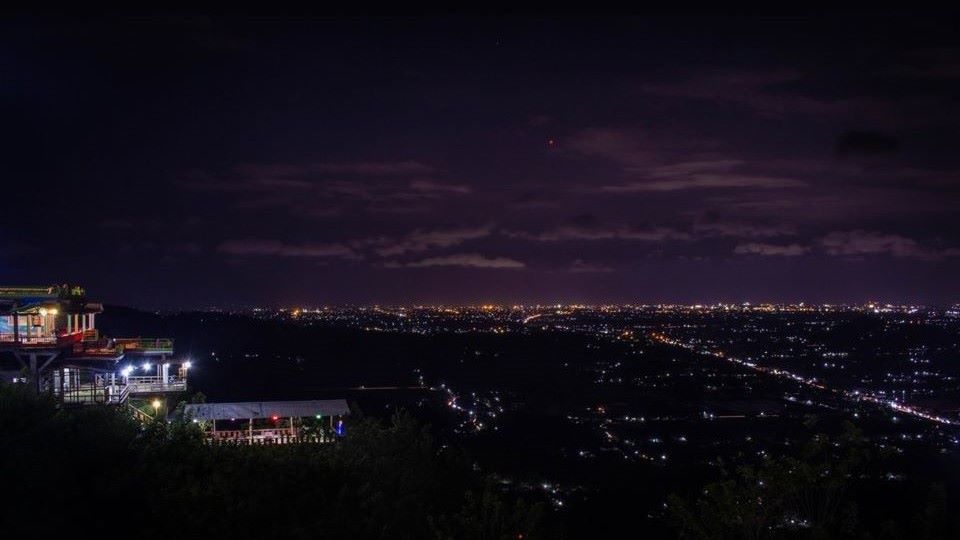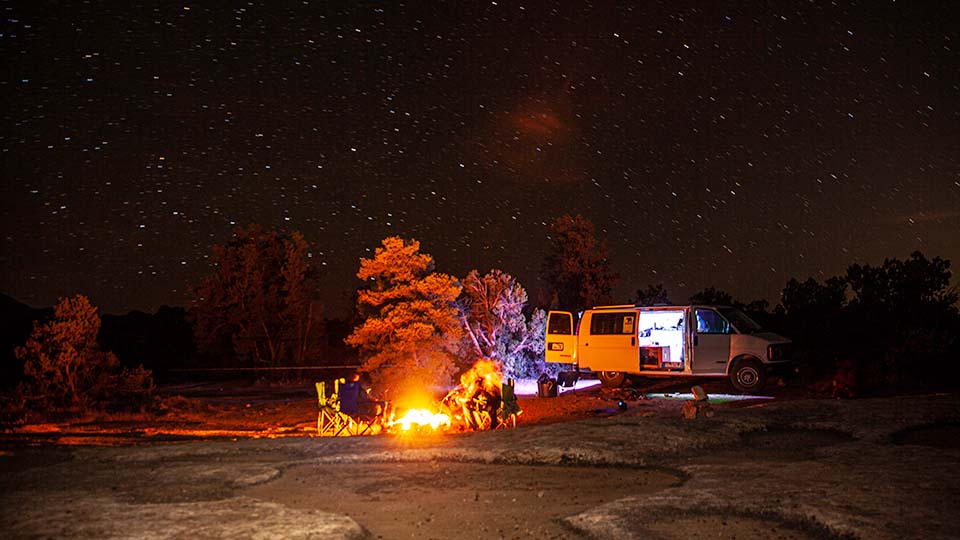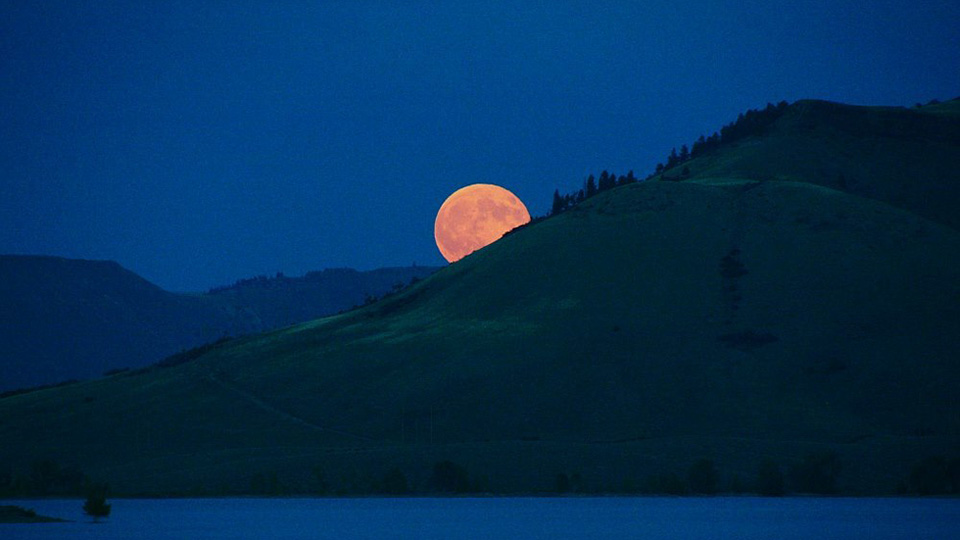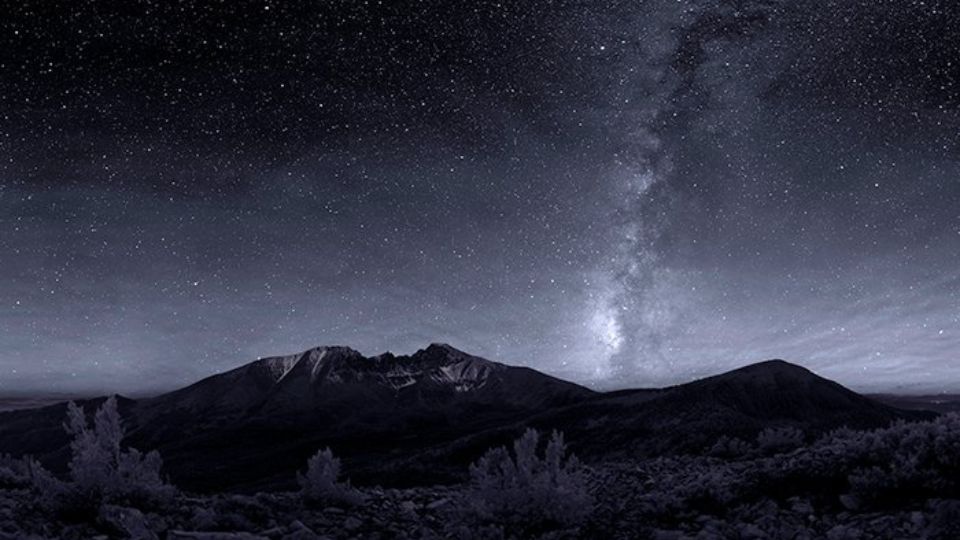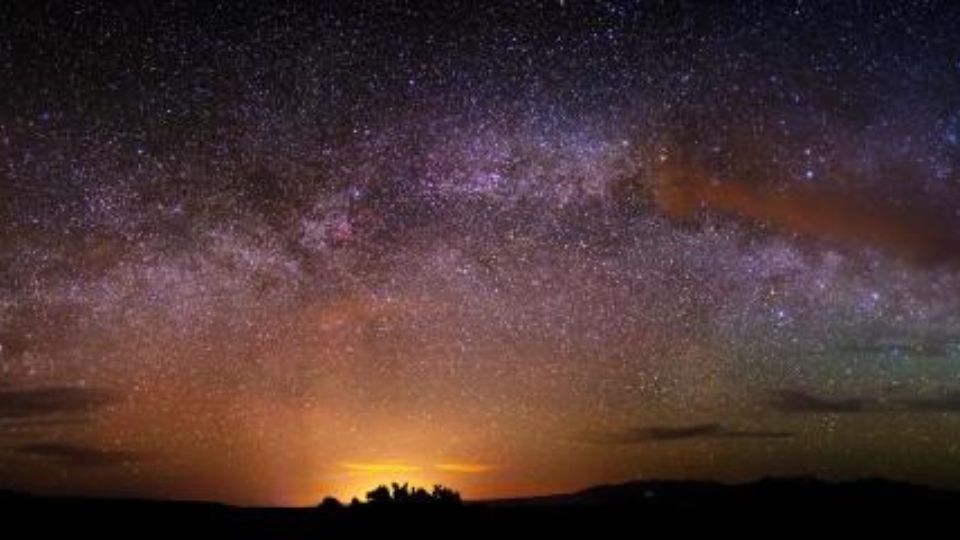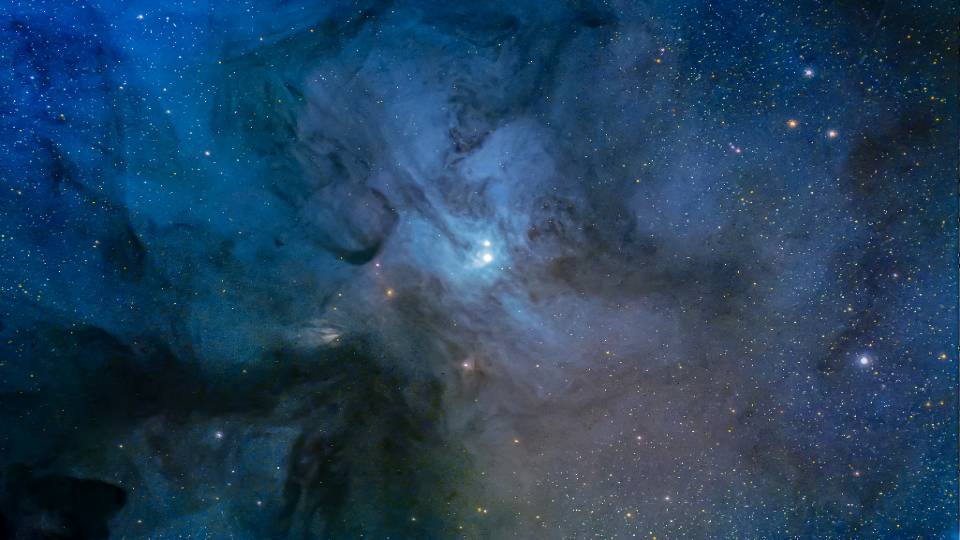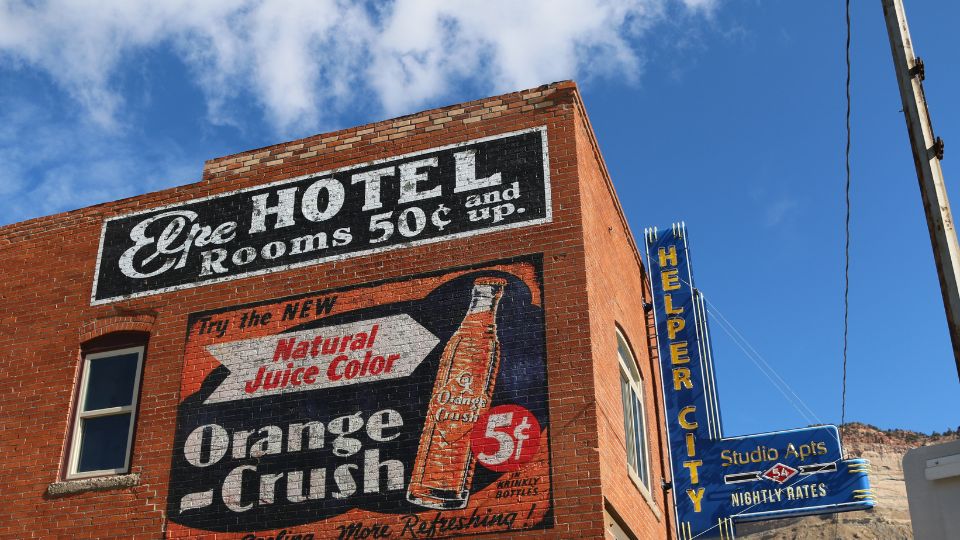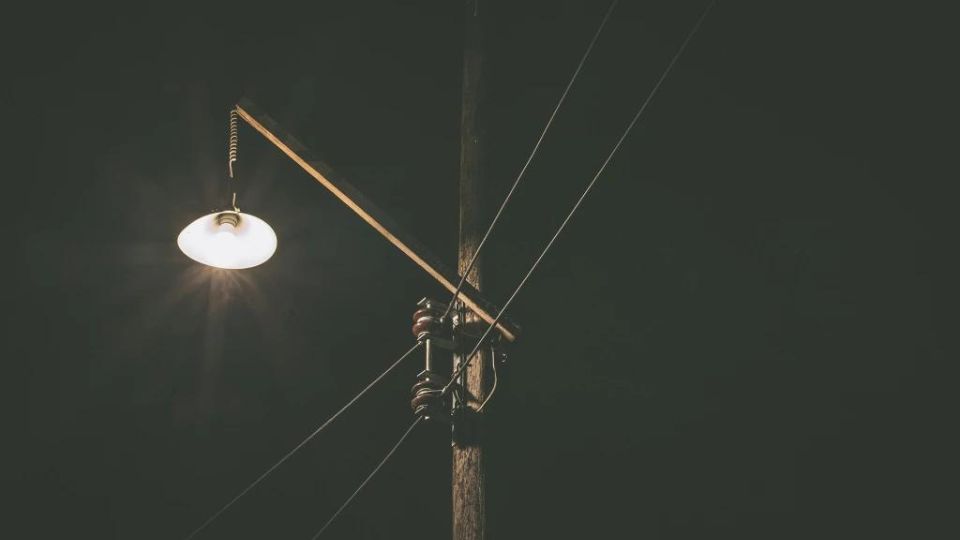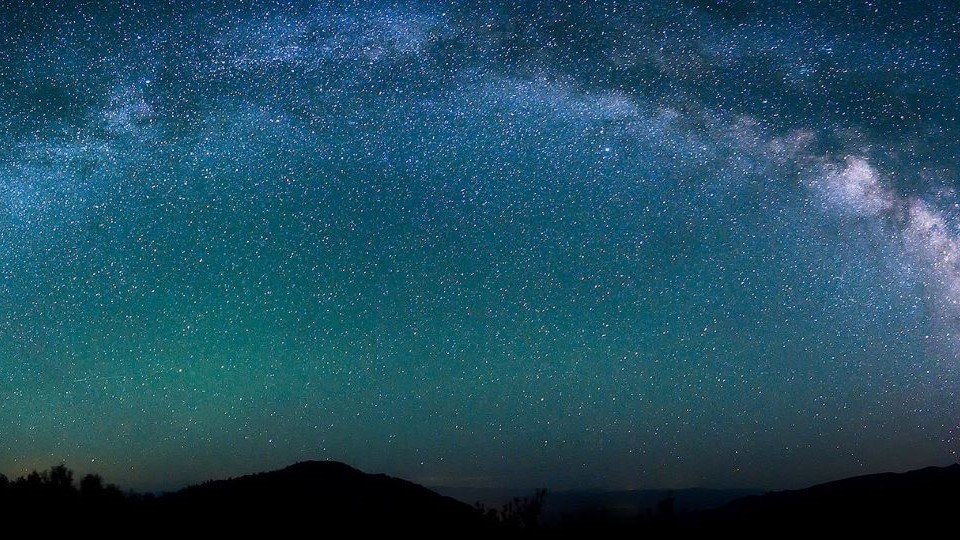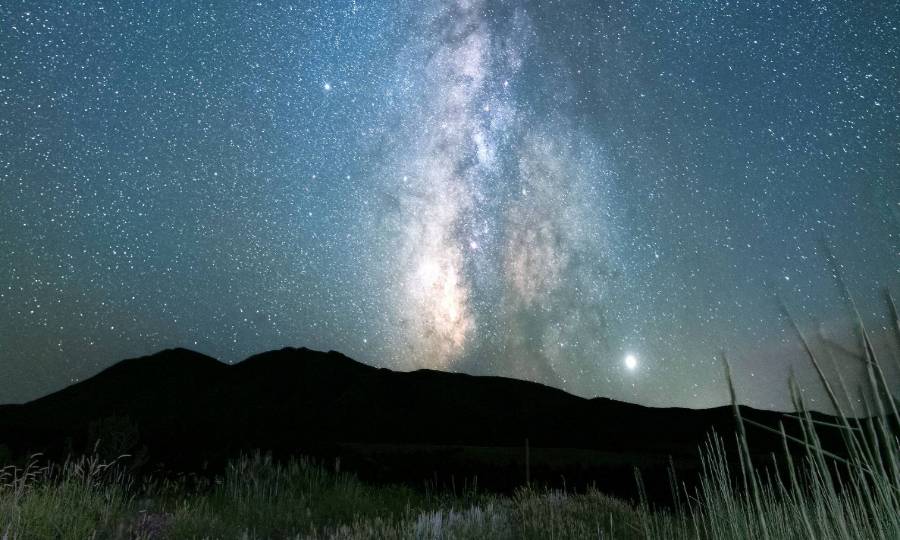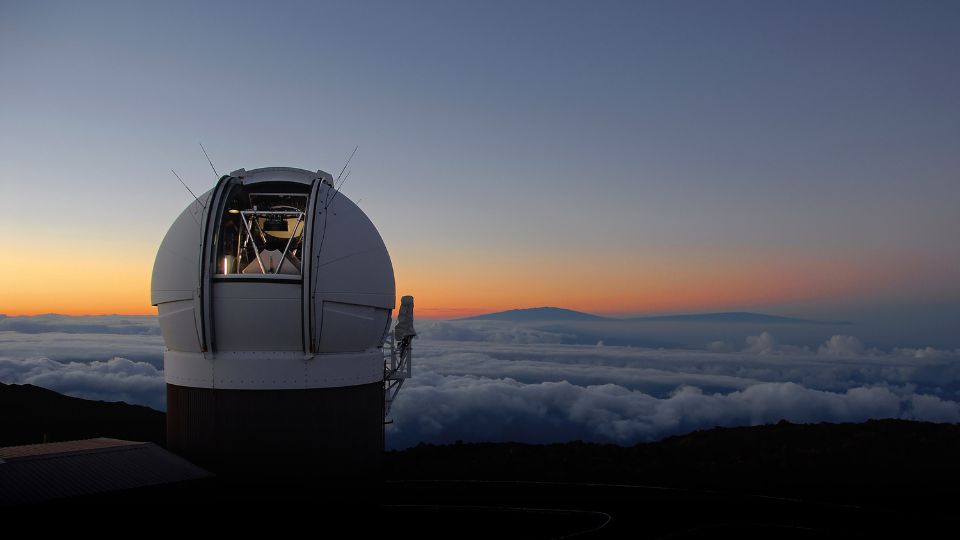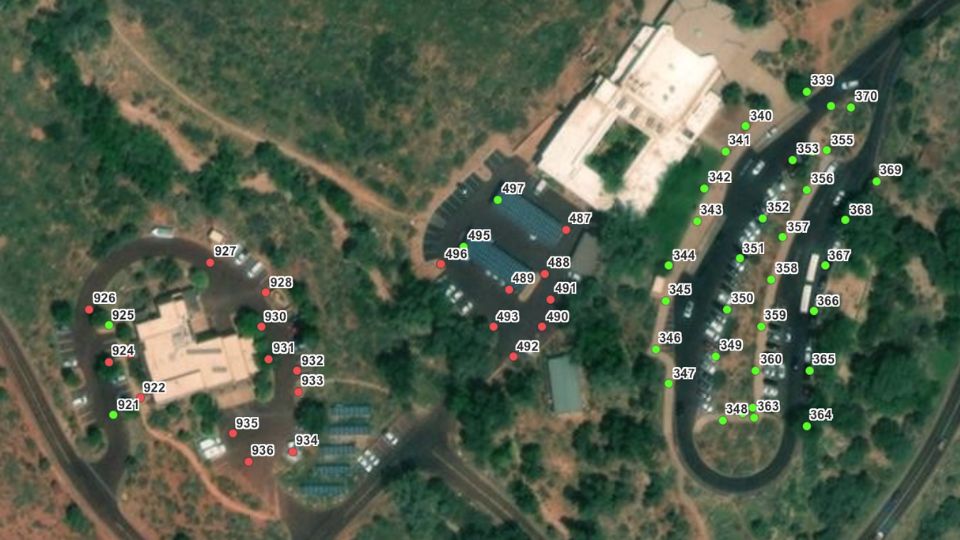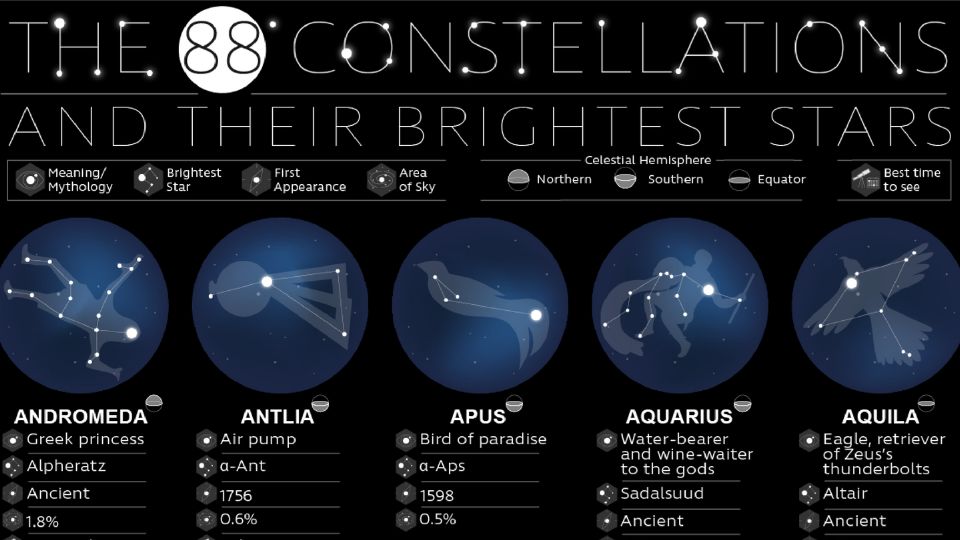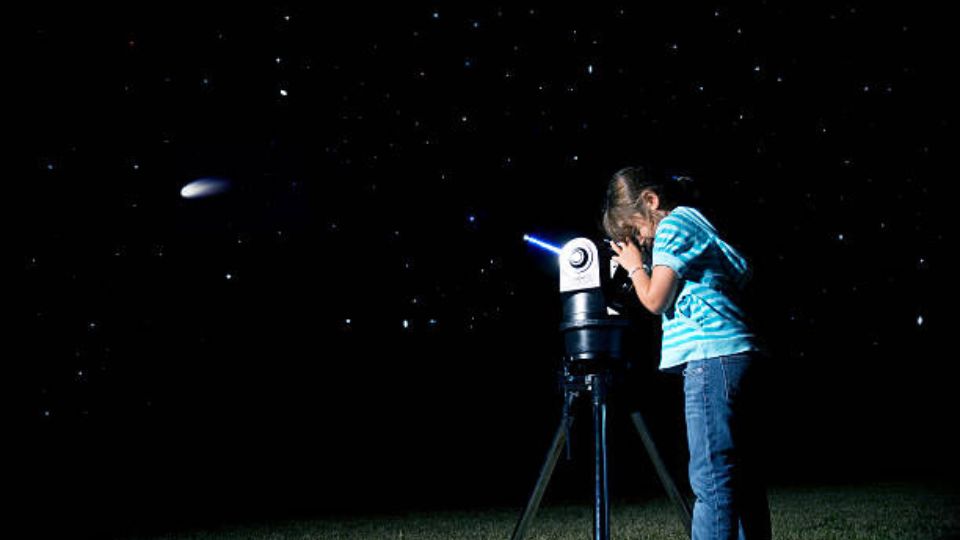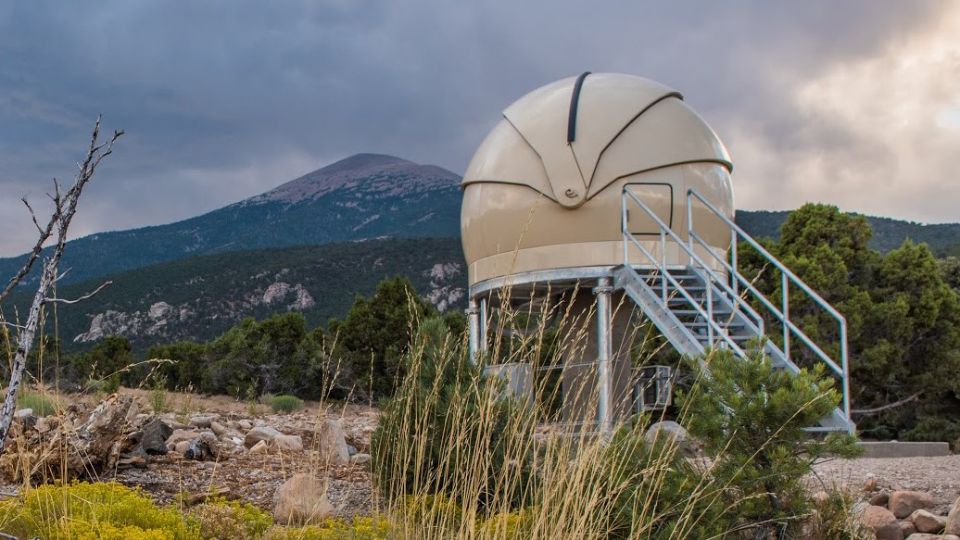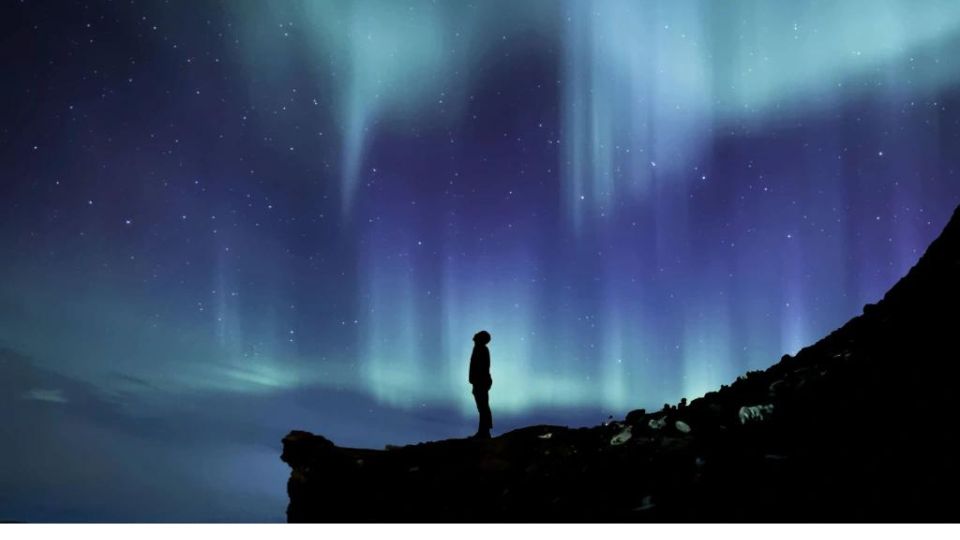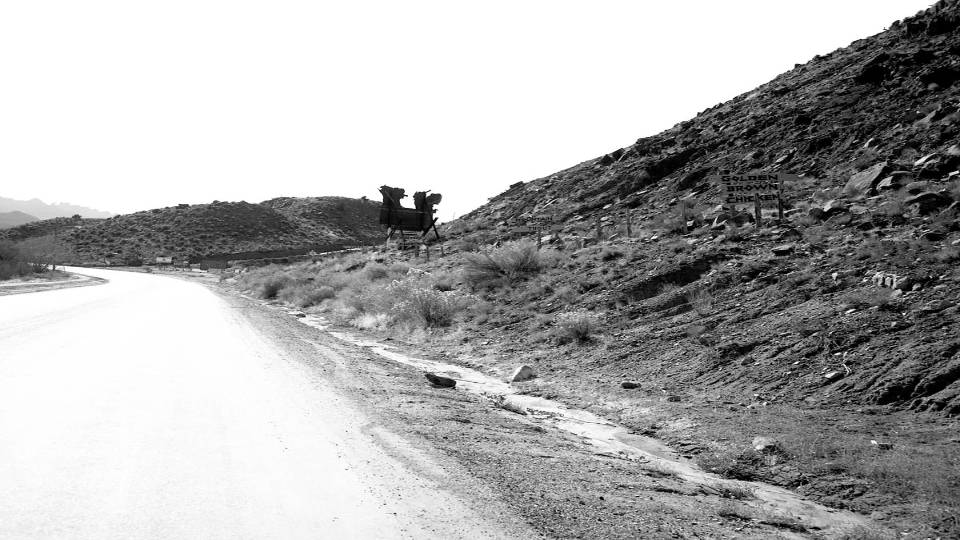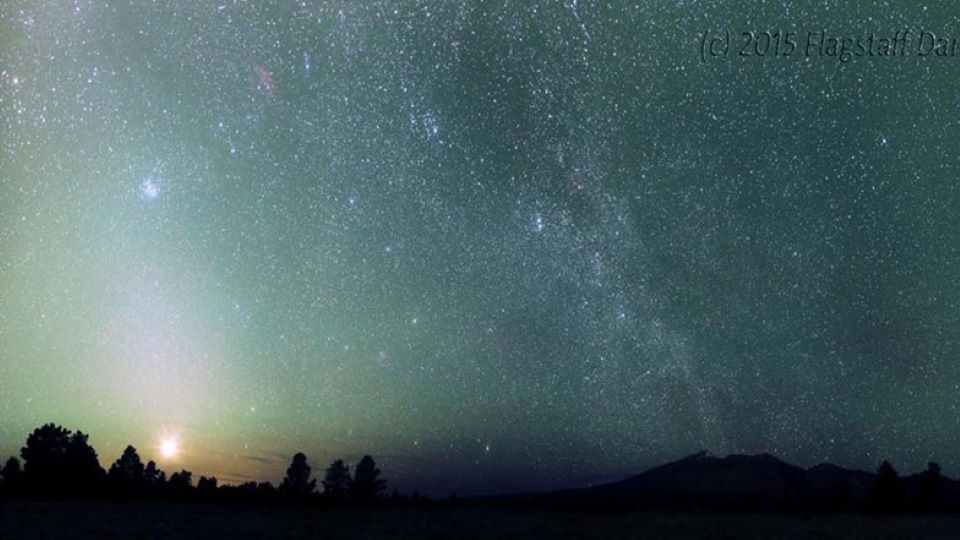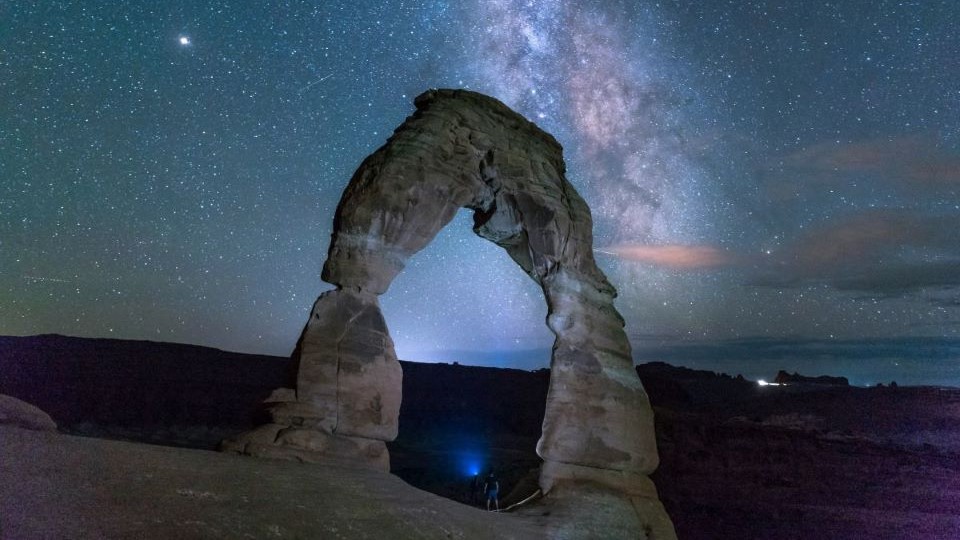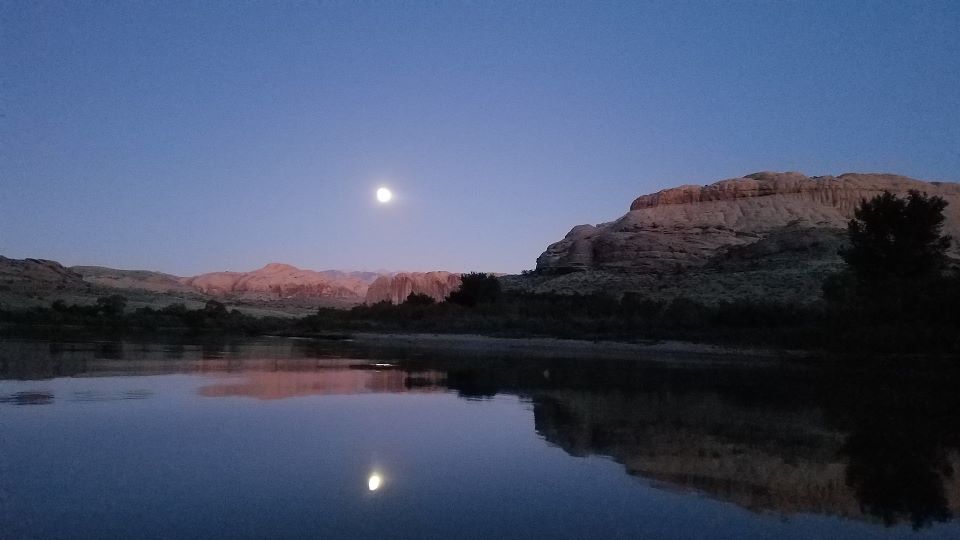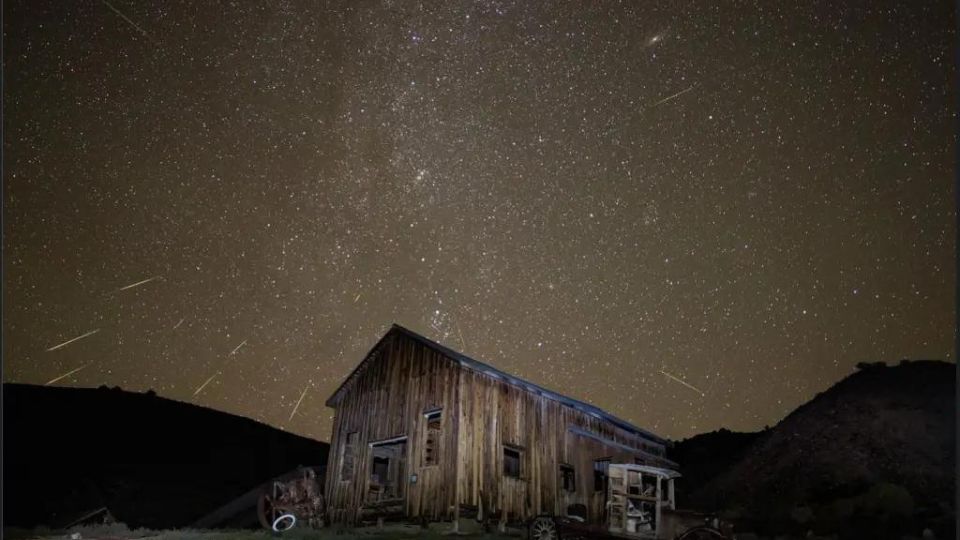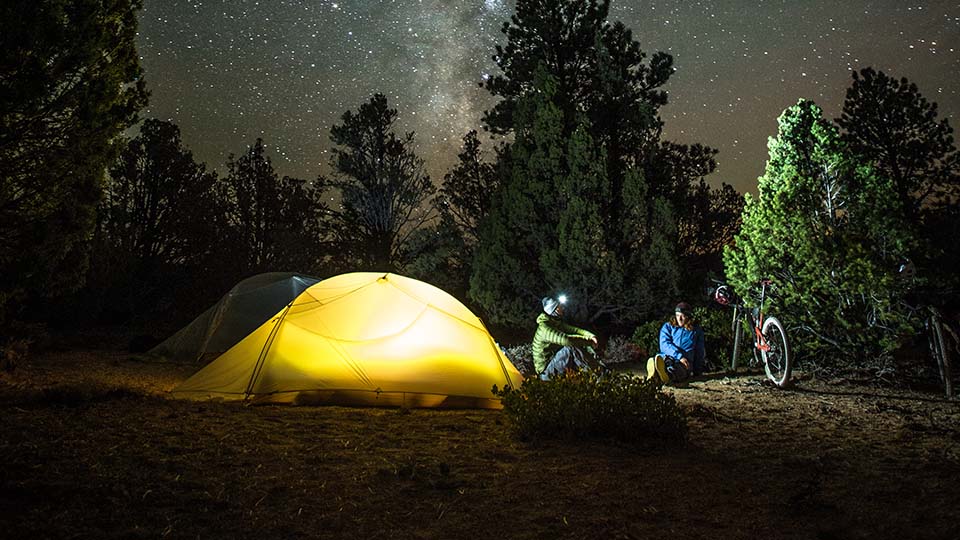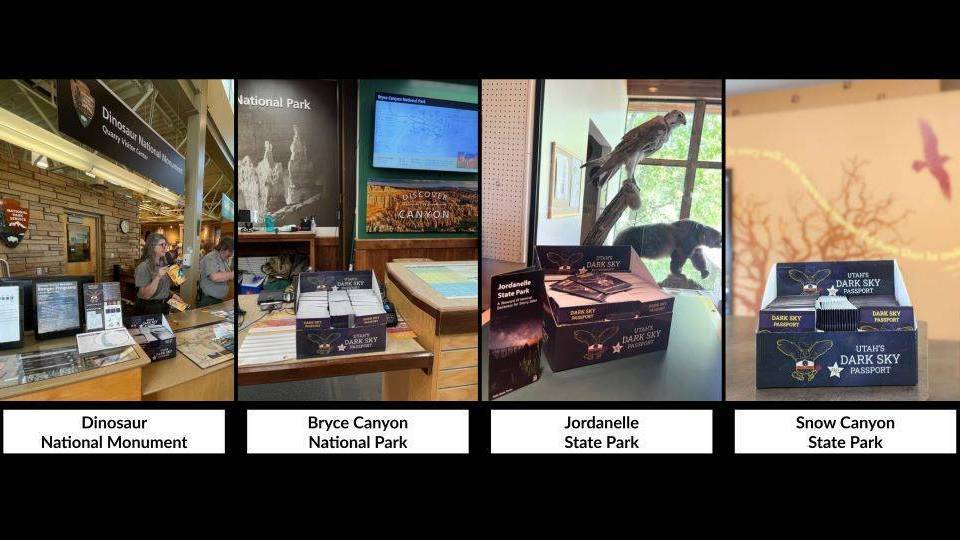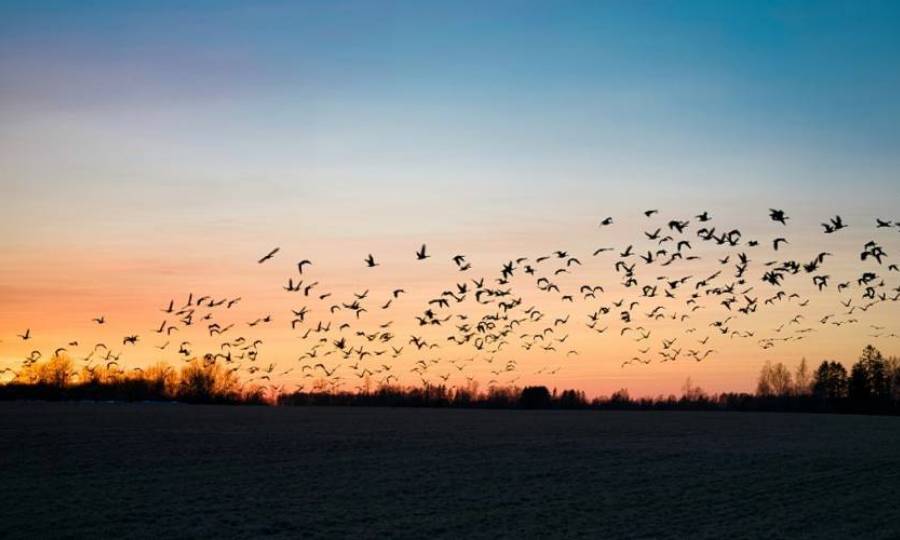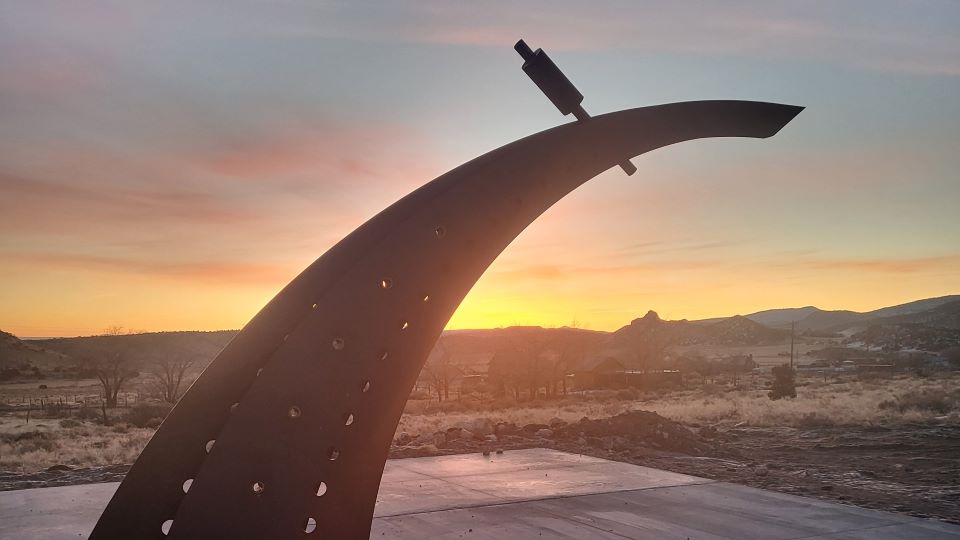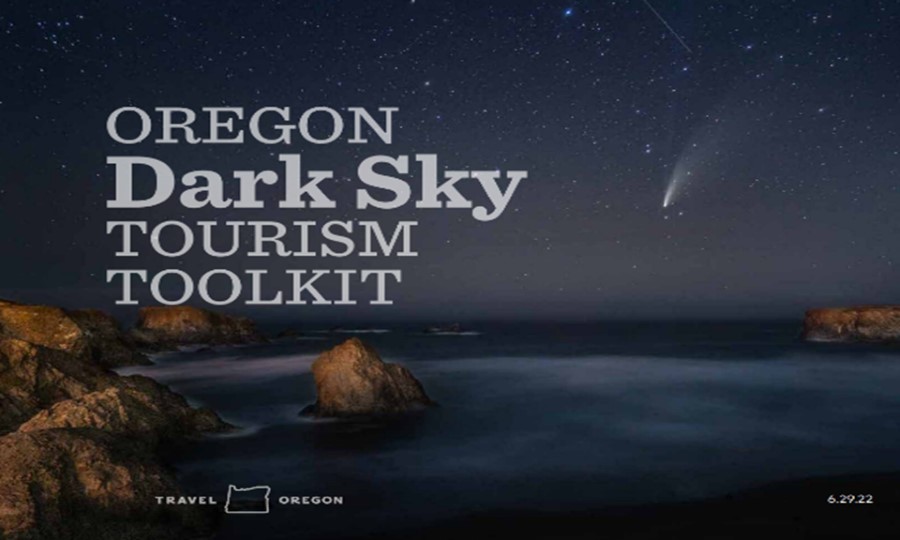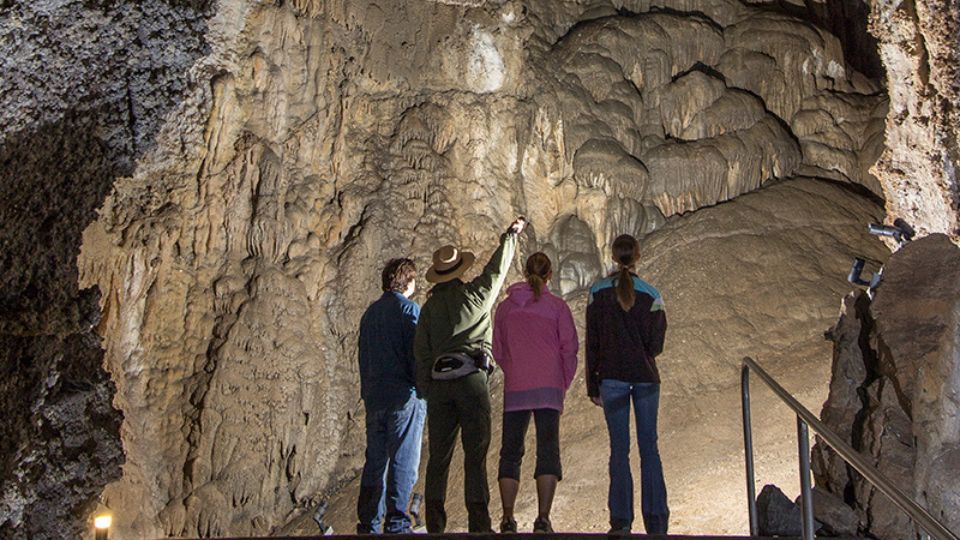A Dark Sky Course for Electrical Contractors
An Interview with Joseph Good, III, LC, FIES, IALD, IDA, Salt Lake Community College Instructor
Developing A Comprehensive Understanding of Outdoor Lighting
“Utah is a very good place to develop a comprehensive understanding of outdoor lighting,” says Joseph (“Jody”) Good, Salt Lake Community College (SLCC) Instructor, retired Professional Lighting Designer, and Dark Skies advocate.
Recognized as having more Dark Sky Places than any place on earth, many of Utah’s visitors come expecting to enjoy the dark night skies found in the state’s parks and rural wilderness areas. Most Utahns as well, have a deep appreciation for being outside at night. Not only are the outdoor recreation opportunities abundant, but with a predominant culture steeped in pioneer heritage the pastimes of camping and overnight hunting trips have remained common traditions. Utahns enjoy a resource that more densely populated parts of the U.S. have long missed.
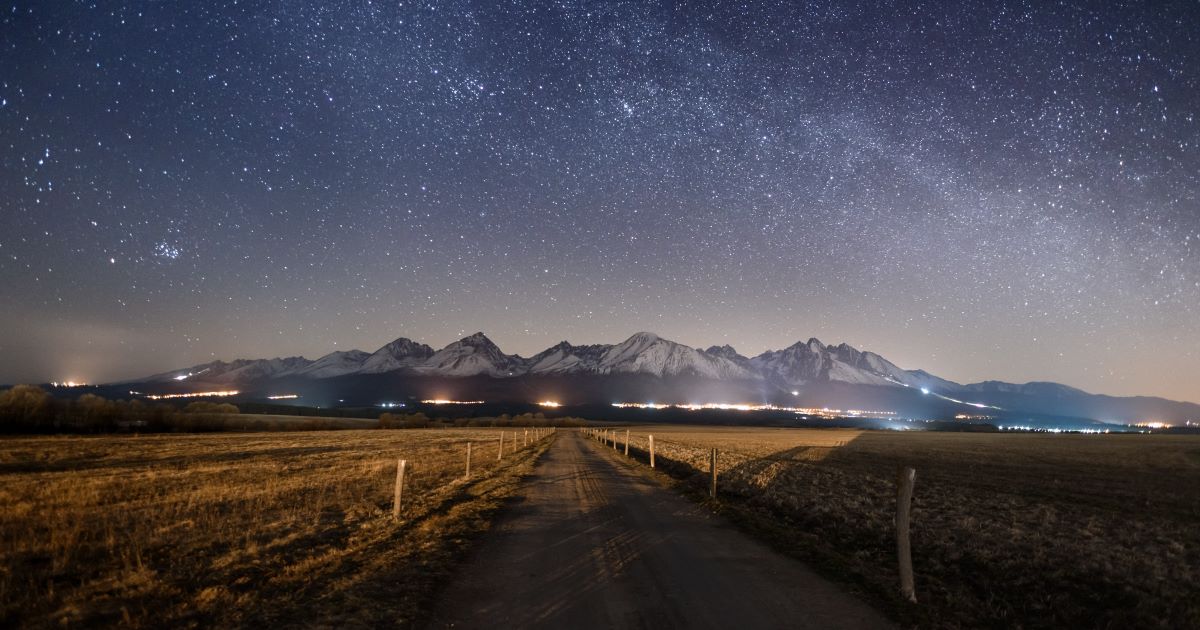
Lights glowing from mountain towns in the distance, Photo credit: Jaro Bielik
Now in its 5th year, Mr. Good, developed the course “Dark Skies for Electrical Contractors and Energy Savings” to teach the design and technology of the different kinds of exterior lighting applications that can preserve night skies. Approved by Utah’s Division of Professional Licenses (DOPL), the course is designed for interested professionals needing to renew their Utah Electrical Contractor License, which includes contractors from other states who also have a license in Utah. The course is typically offered in the fall in a Zoom webinar format, and counts towards 3 credit hours of continuing education (CE).
Luminaire selection, positioning, control, as well as local ordinance compliance and applicable energy codes are some of the topics covered in this course to help the students deliver better lighting in their daily projects. After completing the course, students will be able to describe the benefits, specifications, and installation of dark sky-friendly fixtures, and identify and comply with municipal dark sky city codes and ordinances.
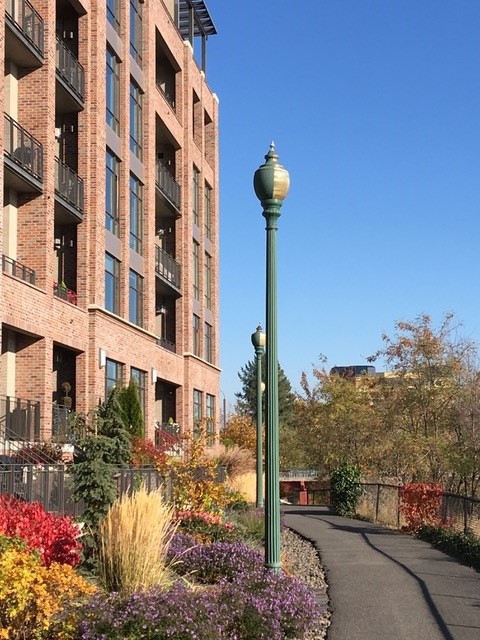
A field adjustment for an acorn light post to reduce light tresspass in Spokane, Washington
When a condominium complex was built next to an existing park, preexisting lighting had to be blocked
from disturbing the residents, yet the walkway in the park required light. The poles shown match dozens of existing lights and poles. The field modification was the best solution without replacing the poles and lights with non-standard ones. Photo credit: Joseph Good
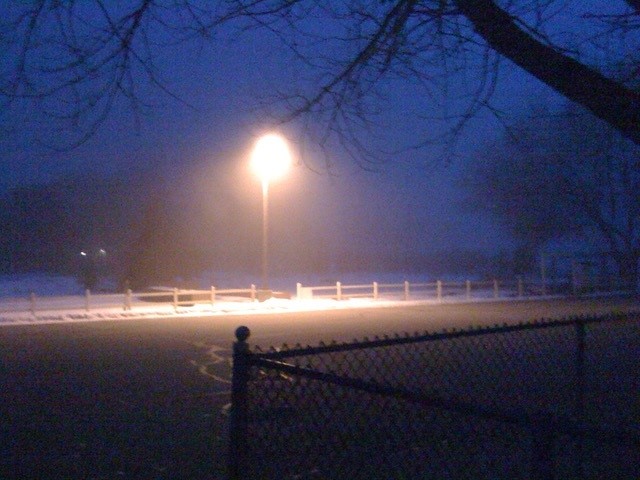
Photo credit: Joseph Good
The term “dark sky” has entered contemporary discourse to suggest we have lost a connection with the stars overhead. The meaning has since expanded to include the idea of better outdoor lighting. Neighbors are quick to complain about a problem known as “light trespass.” Fortunately, a new lighting technology brought to us by light-emitting diodes or “LEDs,” offers smaller lights with better beam controls. There are a few important caveats however, when selecting LED sources to ensure the lights are indeed dark sky-friendly, such as the color temperature which should be warmer (amber) in color, and the light intensity which should be as low as possible depending on the application (2700 Kelvin is the level currently suggested by DarkSky International). When light is cast on the intended target, held to the site, and used only when needed, this can eliminate the potential for wasted energy, while also maintaining the necessary level of light for safety. Dark sky doesn’t mean dark ground.
Jody Good has been a strong advocate for responsible outdoor lighting, including working on dozens of projects helping Utah jurisdictions revise or adopt local exterior lighting ordinances. Today, teaching is key for Mr. Good. He reflects on how much he enjoys teaching others to do the right thing, while observing necessary safety practices and energy codes, adding, “it is possible to achieve everyone’s objectives without sacrificing anyone’s needs.” In his course, Mr. Good encourages his students to emphasize the cost savings of night friendly designs to developers, and to work with electrical manufacturers and distributors who understand that “better lighting” does not equate to “more lighting.” He also recommends having case studies complete with photos and/or a demonstration site which can be particularly important when introducing night friendly lighting concepts to city/county council members, engineers, and the public alike. People are visual, and understand better through experience.
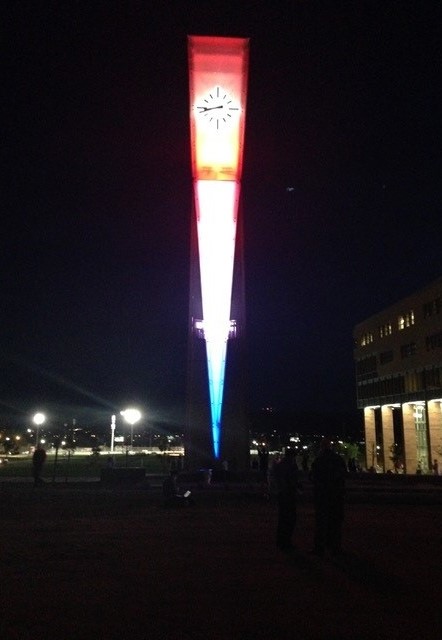
This colorful clock tower and accompanying music is available for events on the plaza at Utah Tech College (formerly
Dixie State University). Management of light intrusion is accomplished by observing a light (and sound) curfew,
a common solution for difficult conditions.
Photo credit: Joseph Good
About the Course:
The Dark Skies for (Electrical) Contractors course is offered annually in the fall just before license renewal time, with dates in September, October, and November. This course meets DOPL requirements for 3 professional hours for contractors. It is a live course provided as a Zoom webinar. To register, contact the Salt Lake Community College (SLCC).
About the Instructor:
Joseph Good, III, LC, FIES, IALD, IDA, has been an Adjunct Instructor in lighting at SLCC for the last 13 years. Formerly, Mr. Good worked as a Design Professional and Principal at Spectrum Engineers in Salt Lake City, designing over a thousand projects of all types, winning more than 50 awards, including prestigious international awards. He served as President of the Illuminating Engineering Society (IES) when the first comprehensive Outdoor Lighting Recommended Practice was approved, and now as a Fellow of the organization. He is a member of DarkSky International (formerly the International Dark Sky Association). While he has retired from design, he continues to contribute to the Lighting Industry by teaching, speaking, and participating in writing International Lighting Standards.
Learn More:
- Dark Sky Course for (Electrical) Contractors
- With upcoming dates on:
Thursday, October 12, 2023
Thursday, November 9, 2023
- With upcoming dates on:
- Salt Lake Community College - Registrar's Office
Related Articles


